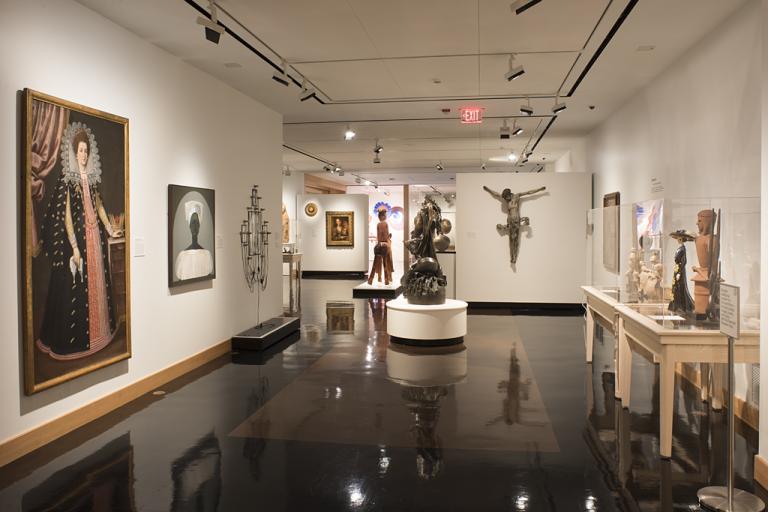Christ Falling on the Way to Calvary, unknown maker from Italy; Raphael
Artwork Overview
Christ Falling on the Way to Calvary
, late 1500s–early 1600s
Where object was made: Italy
Material/technique: reverse painting on glass
Credit line: Gift of the Paul Ward Family
Accession number: 1993.0037
Not on display
If you wish to reproduce this image, please submit an image request




